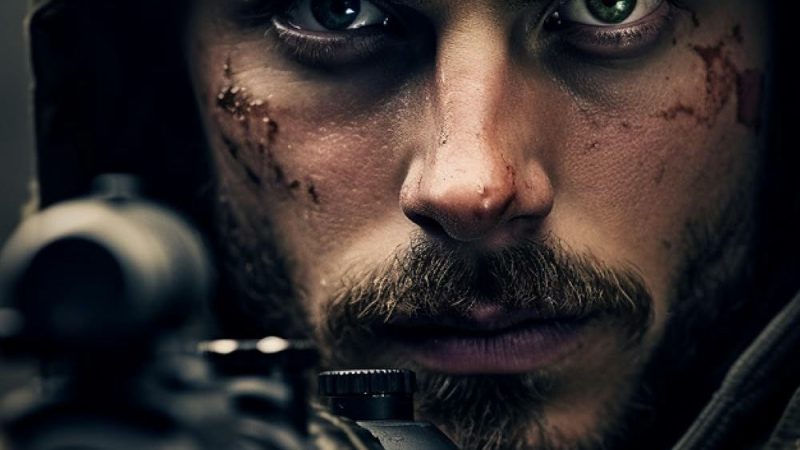“The Boy in the Striped Pyjamas” (2008): A Heart-Wrenching Tale of Innocence Lost
“The Boy in the Striped Pyjamas” (2008) is a deeply moving war drama based on the novel of the same name by John Boyne. Set during World War II, the film tells a tragic story through the innocent eyes of a young German boy, offering a poignant perspective on the horrors of war and the cruelty of prejudice.
Plot – An Unlikely Friendship in a Time of Hatred
The film follows Bruno, an inquisitive 8-year-old boy and the son of a high-ranking Nazi officer, Ralf. When his father is promoted to oversee a concentration camp (implied to be Auschwitz), Bruno’s family relocates to a secluded area near the camp.
With a natural curiosity, Bruno begins exploring the surroundings of his new home. One day, he stumbles upon Shmuel, a Jewish boy of the same age, trapped inside the camp. Unaware of the brutal reality around him, Bruno fails to grasp why Shmuel is dressed in “striped pajamas” or why he is always sad and hungry.

Despite their vastly different circumstances, the boys develop a strong bond. Through their innocent conversations, the audience witnesses their starkly different understandings of the world:
- Bruno believes the camp is merely a farm where people work.
- Shmuel, though enduring immense suffering, remains kind and patient with Bruno’s ignorance.
As Bruno’s curiosity grows, he starts noticing disturbing elements around him—harsh treatment of Jewish prisoners and his mother’s increasing unease. However, shielded by Nazi propaganda and his parents’ lies, he remains unaware of the true horrors of the Holocaust.
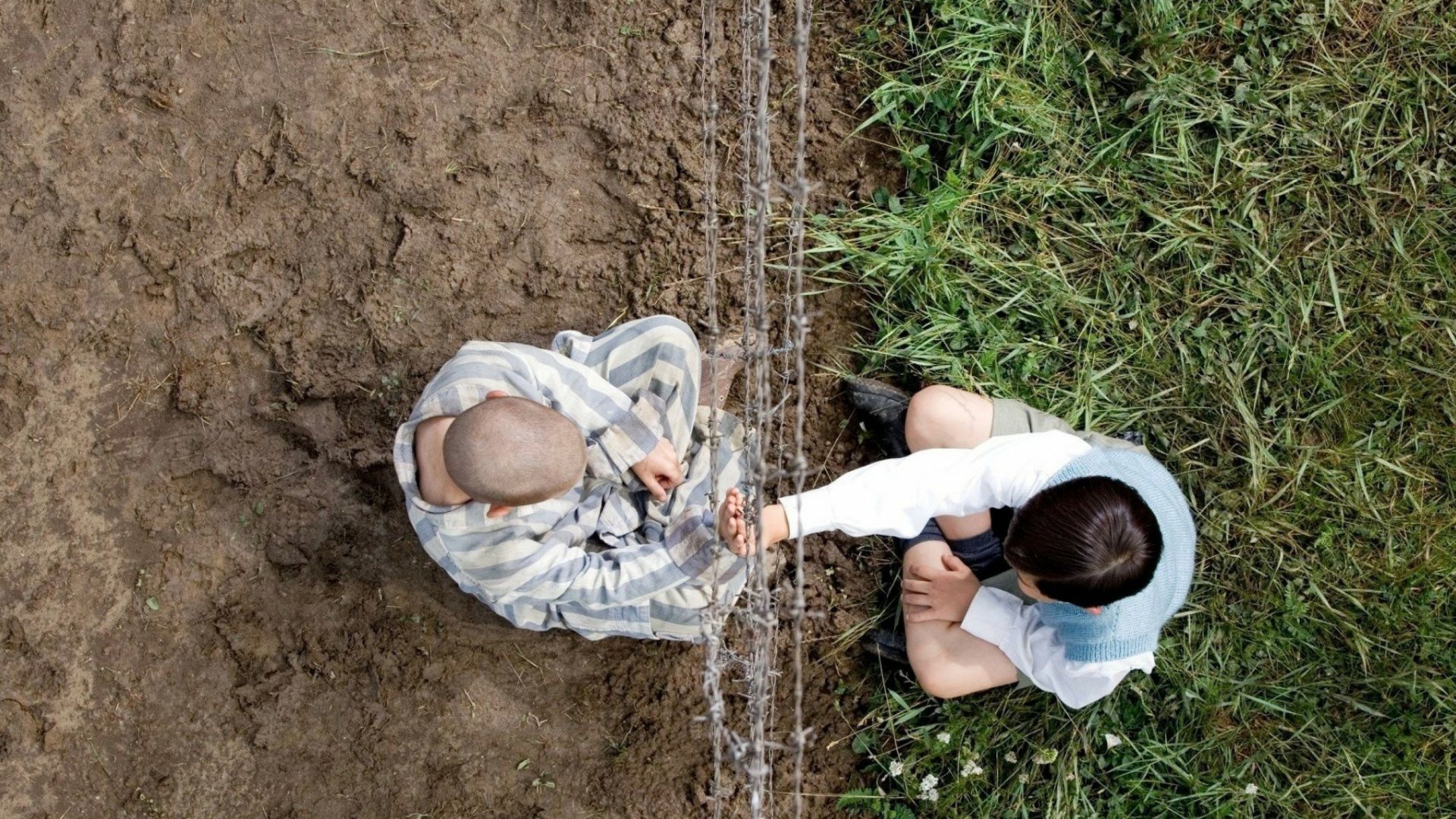
The Climax – A Heartbreaking Turn of Fate
The story takes a devastating turn when Shmuel reveals that his father has gone missing inside the camp. In an act of friendship, Bruno decides to help his friend search for him. He sneaks into the camp, disguising himself in a pair of striped pajamas that Shmuel brings for him.
Inside the camp, the boys are quickly rounded up by Nazi soldiers, unaware of what is about to happen. Meanwhile, Bruno’s parents realize he is missing and frantically search for him. As Bruno’s father discovers his son’s clothes outside the fence, he realizes the unimaginable horror that has just occurred.
Bruno and Shmuel, still holding hands, are led into a gas chamber along with other prisoners. The door closes. The lights go out. Their fates are sealed.
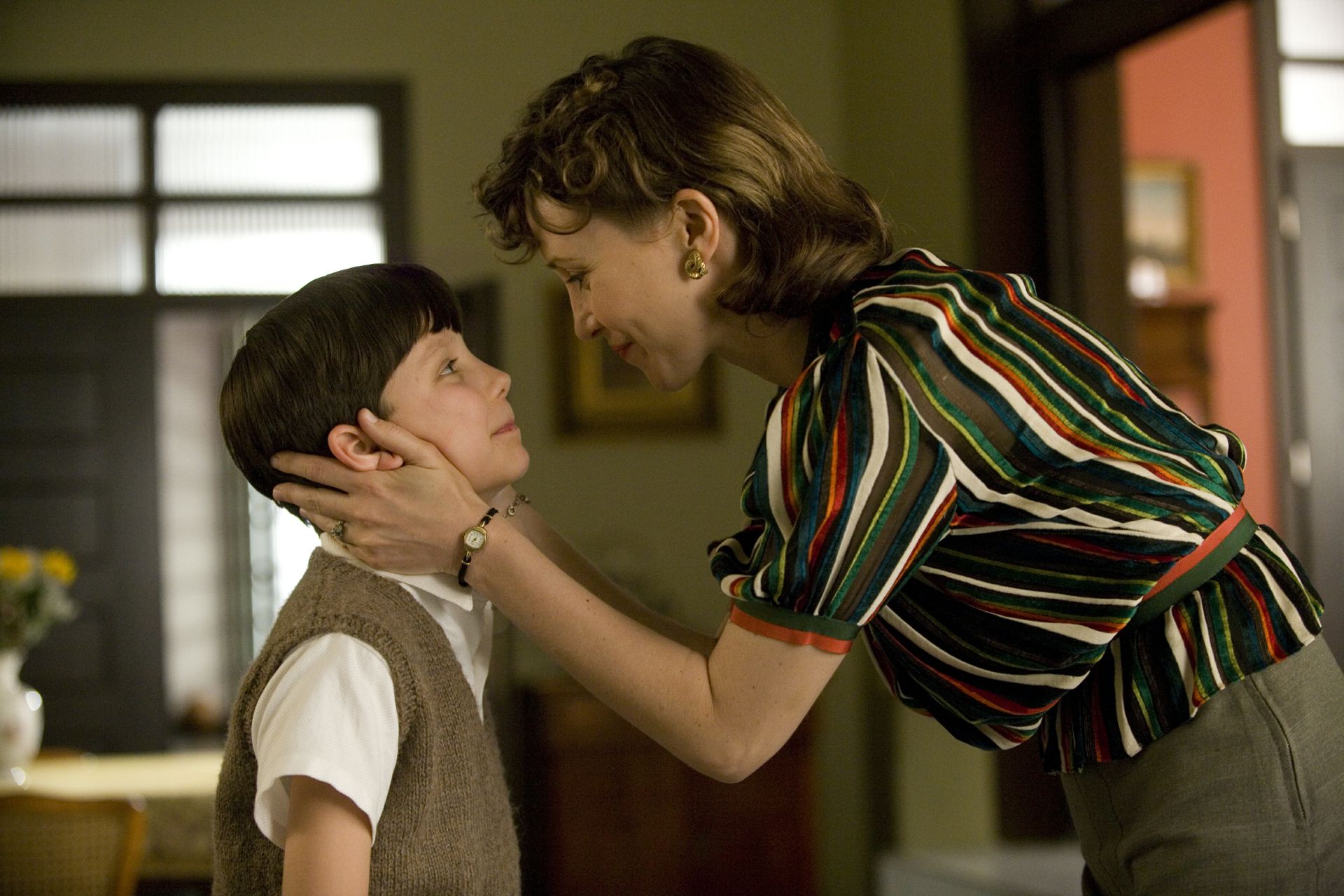
Themes and Symbolism
This film is not just about an innocent friendship—it is a chilling critique of war and genocide. Through Bruno’s naive perspective, the audience experiences the stark contrast between a child’s pure-hearted view of the world and the brutal reality of Nazi ideology.
One of the most striking aspects of the film is its role reversal at the end—Bruno’s father, a ruthless Nazi officer, becomes the very victim of the system he once upheld. However, this is not portrayed as a moment of redemption; rather, it serves as a grim reminder of the indiscriminate cruelty of war.
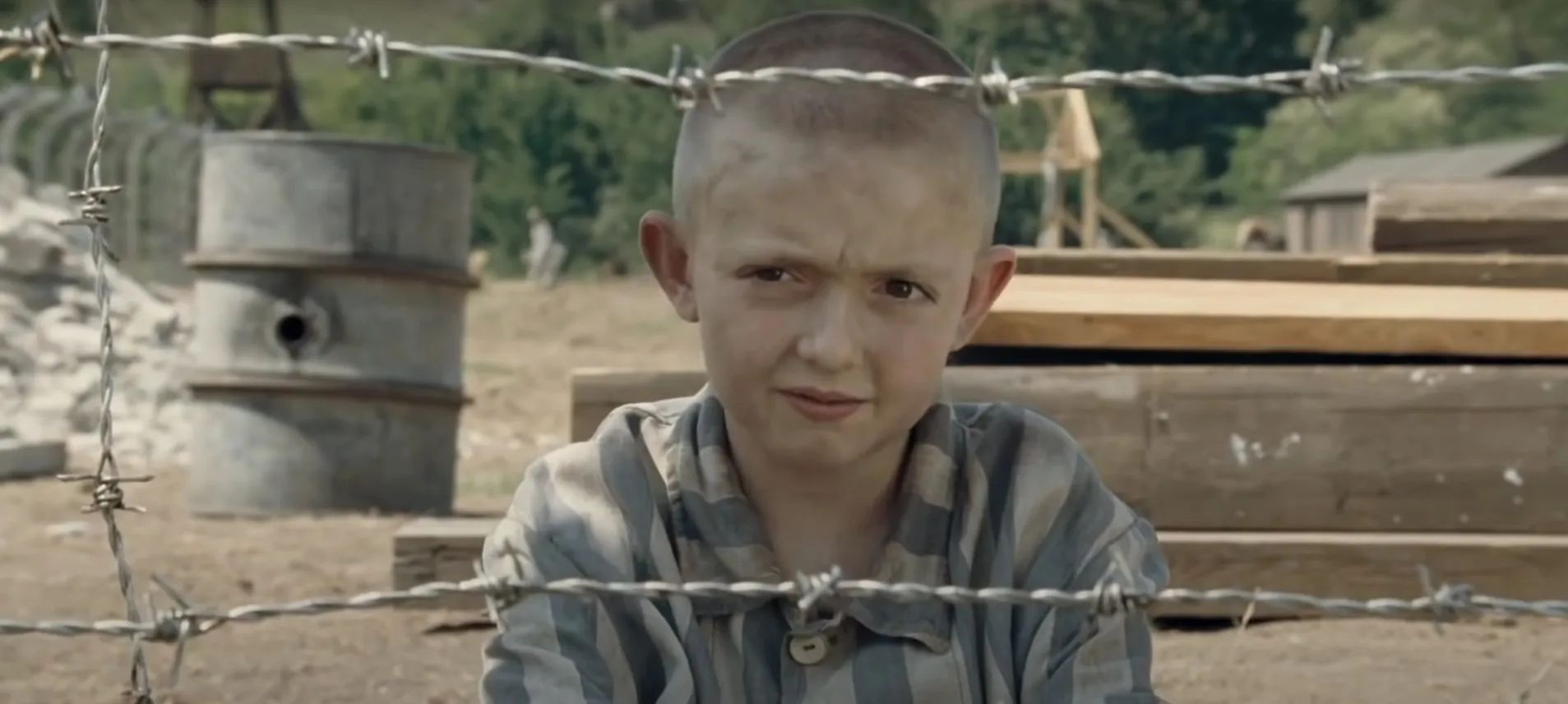
Performance, Cinematography, and Sound
- Acting: Asa Butterfield (Bruno) and Jack Scanlon (Shmuel) deliver outstanding performances, capturing the innocence and raw emotions of their characters.
- Cinematography: The contrast between Bruno’s comfortable home and the grimness of the camp highlights the ignorance and moral blindness of the Nazi elite.
- Music: The film’s haunting score enhances the emotional depth of the story, lingering in the viewer’s mind long after the credits roll.
Although some historians criticize the film for historical inaccuracies—such as the improbability of a Jewish boy freely communicating with a German child across a camp fence—the emotional impact and powerful message remain undeniable.
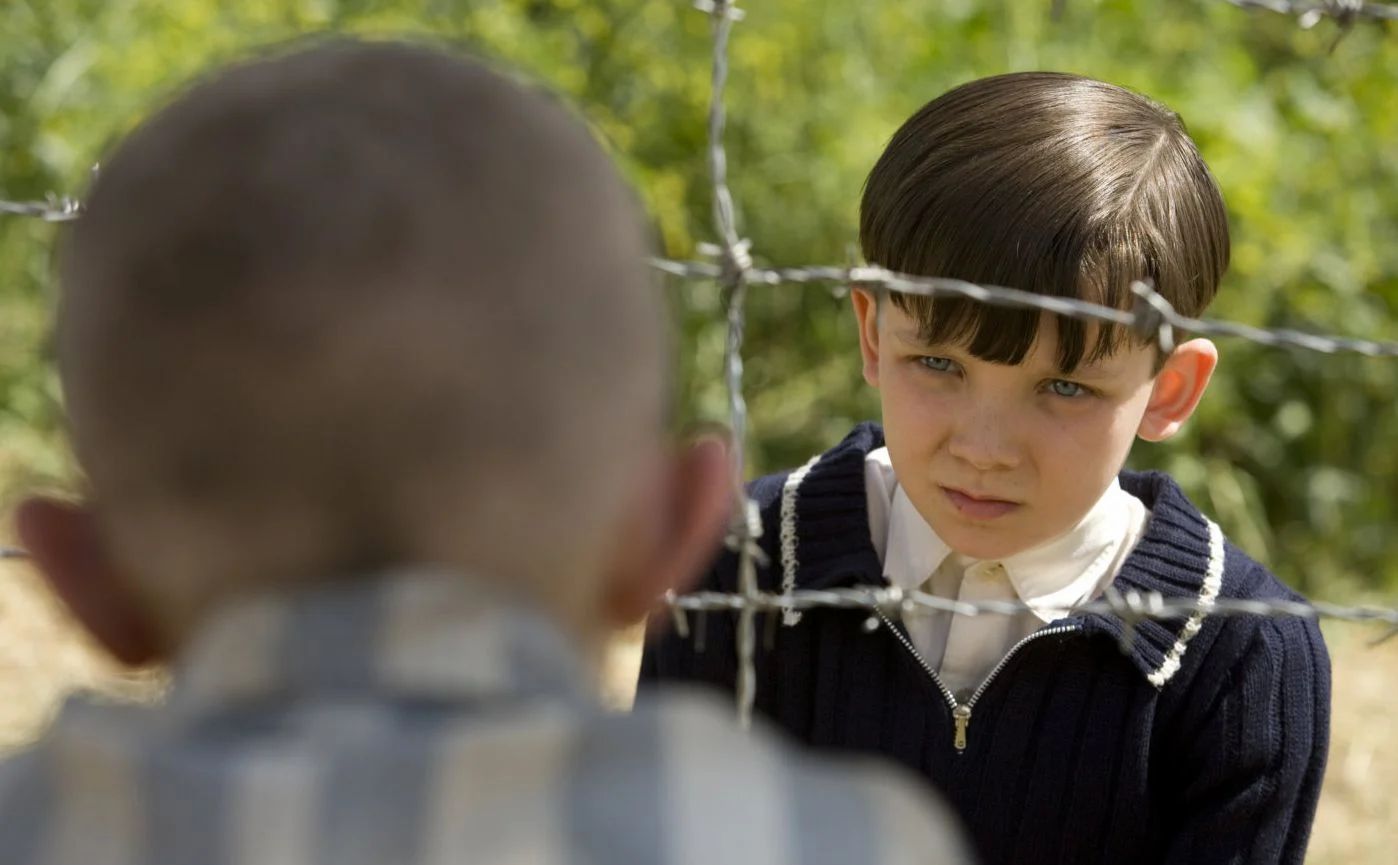
Conclusion
“The Boy in the Striped Pyjamas” is more than just a war film; it is a deeply emotional tale of innocence lost in the face of human cruelty. Its tragic ending serves as a harrowing reminder that no one, not even a child, is safe from the horrors of war.
This film will break your heart—but in doing so, it forces you to reflect on the devastating consequences of hatred and blind obedience.


